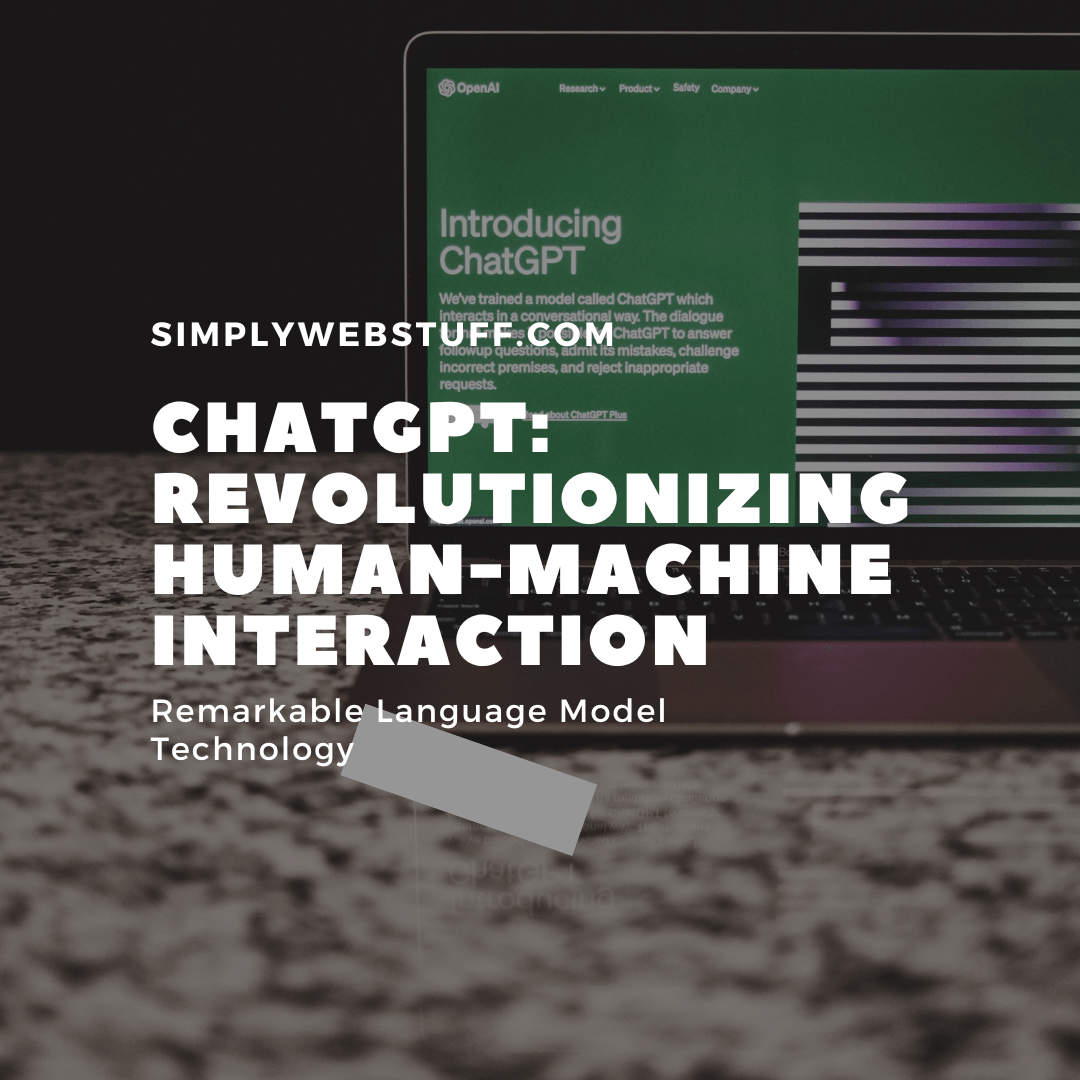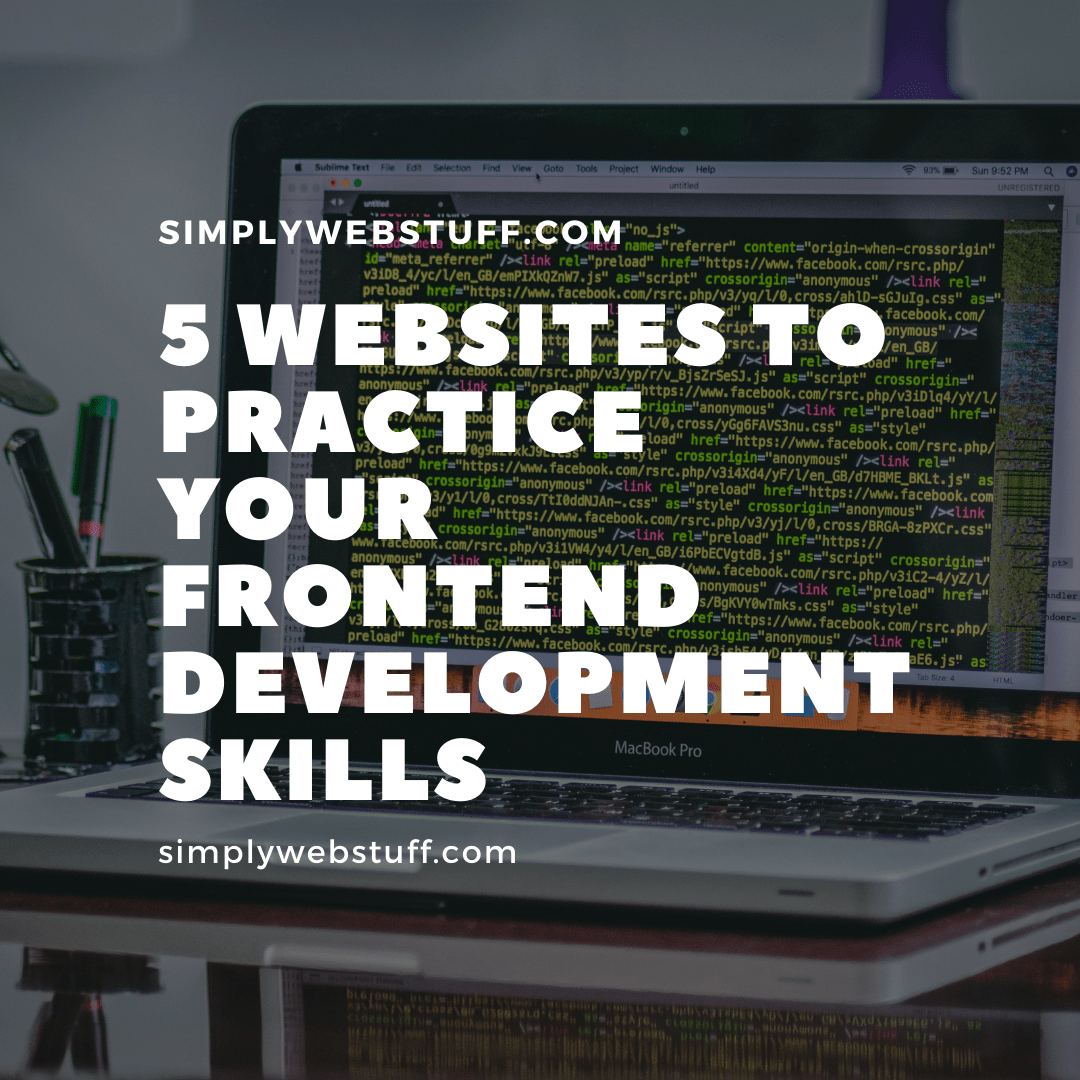ChatGPT Will Change Human-Machine Interaction
Posted by TotalDC
Artificial intelligence (AI) has come a long way in recent years, and one of the most exciting developments is the emergence of natural language processing (NLP) technologies. NLP enables machines to understand and interact with human language, which is a game-changer for many industries. One of the most remarkable NLP technologies is ChatGPT, a language model developed by OpenAI. OpenAI, an artificial intelligence research organization was founded in 2015 by Elon Musk, Sam Altman, Greg Brockman, Ilya Sutskever, and Wojciech Zaremba. In this blog post, we’ll explore what is ChatGPT, and how ChatGPT will revolutionize human-machine interaction.

What Is ChatGPT And How It Works
ChatGPT is a type of AI known as a neural network. ChatGPT uses deep learning to generate human-like responses to natural language input, and it’s built on the GPT-3 architecture, it is trained on massive amounts of text data, and it has over 175 billion parameters, making it one of the largest language models ever which allows it to learn patterns and relationships between words and phrases and generate responses to a wide range of natural language inputs, including questions, statements, and requests. The program has more than one language function, so it can simultaneously juggle translation, summarization, and answering questions
ChatGPT works by analyzing these text inputs that users provide and then it gives a response that is most likely to follow from the input based on patterns it has learned. If described in more detail: the user types commands or questions into ChatGPT’s text bar, then the text that was inputted is tokenized, meaning the program divides it into individual words to be analyzed, and the tokenized text is put into the neural network’s transformer portion. The transformer encodes the text input and generates a probability distribution for all possible outputs. Then that distribution generates the output. Finally, ChatGPT generates its output answer, and the human user receives a text response on the screen.
What Are ChatGPT Capabilities
ChatGPT has huge capabilities that will most likely change the landscape of many industries. So what can AI like CHatGPT do? It can complete tasks like text generation, text completion, answering users’ questions, and content summarization – for example, if you input a long text into ChatGPT and command it to summarize the information, it will do so. Though you should not expect it to summarize full-length books, a few pages of text is completely possible. It also is capable of text translation.
OpenAI has trained ChatGPT on a large corpus of text data in several languages, including English, Chinese, Spanish, French, German, Italian, Japanese, Korean, Portuguese, Dutch, Russian, Arabic, Hindi, and others. However, keep in mind that the quality and accuracy of the translations may vary depending on the languages being translated and the amount of training data available.
More capabilities include conversational AI and sentiment analysis – to determine the emotional tone of a piece of text which can be used to analyze the sentiment of a conversation or message and generate appropriate responses, named entity recognition – a technique used in ChatGPT to identify and classify named entities in text for example, if you ask it to analyze a news article, it might identify the names of people mentioned in the article, the organizations they work for, and the locations where events took place. This information can then be used for a variety of purposes, such as generating a summary of the article or extracting key information for further analysis.
It is capable of part-of-speech tagging (POS). POS is the process of assigning a specific part of speech, such as a noun or verb, to each word in a sentence. Part-of-speech tagging is a common technique used to help understand the structure and meaning of text inputs. By analyzing the part of speech for each word, AI can better understand the context and meaning of a sentence, and generate more accurate responses. For example, if a user inputs a question using a specific verb tense, AI can use POS tagging to determine the correct tense for its response. This can be particularly useful in conversation-based applications, where correct grammar and sentence structure are important for effective communication.
What Are ChatGPT Benefits For Different Industries
There are growing concerns among many individuals about the potential impact of ChatGPT and other artificial intelligence programs on job opportunities. While there may be some validity to these concerns, it’s important to recognize that AI has the potential to enhance efficiency and streamline work processes when utilized effectively. For example:
ChatGPT is a way to provide 24/7 e-commerce site support for consumers. Businesses can train ChatGPT as a chatbot to answer FAQs and support requests and it will help with time and resources, as AI can assist more customers in the same amount of time and be way cheaper labor for companies while employees can focus on customers who have more serious needs.
Another industry where AI can be very useful is healthcare. AI has become increasingly valuable in the healthcare industry, particularly in the use of chatbots. These chatbots help patients receive quick responses to their health concerns, provide relevant health information and advice, and efficiently connect patients to the most appropriate healthcare providers.
ChatGPT is a powerful tool that can significantly benefit marketers in a wide range of operations. With its advanced language processing capabilities, it can handle various tasks, such as content creation, lead generation, email segmentation, optimization, and A/B testing. Moreover, it can also be used for social media management, market research, search engine optimization (SEO), and data organization. By leveraging ChatGPT’s capabilities, marketers can streamline their workflows and achieve more efficient and effective results. Whether it’s creating compelling content or conducting market research. As you can see AI can cover a significant amount of ground in marketing, enabling marketers to stay ahead of the competition and drive better business outcomes.
What Are ChatGPT Limitations
Despite its impressive capabilities, it does have its limitations. One major concern is the potential for biases embedded in its training data, which can include gender, racial, and age biases. Additionally, there are data privacy concerns as anyone who contributed to the data training process is potentially vulnerable. While highly intelligent, its reliance on the internet also means that it may not always provide accurate information, and can struggle to understand certain words or questions. Finally, while trained in sentiment, it lacks common sense and personability which are inherent human qualities. It is important to understand these limitations and use it accordingly to maximize AI benefits while minimizing potential risks.
What Are ChatGPT Competition
ChatGPT is not the only AI program available in the market that uses natural language processing. Many other companies have developed similar programs that can perform a wide range of functions. Some of the most notable ones include Chatsonic, Chinchilla, Bloom, Megatron Turing NLG, Jasper, Replika, FaceApp, Elsa, and Socratic. Each of these programs has its own set of unique features and capabilities, catering to various industries and use cases. These programs have also been trained on massive amounts of data, allowing them to generate high-quality responses to user inputs.




